Siva Samhita
₹105.00
| Author | Rai Bahadur Nandalal Sinha |
| Publisher | Chaukhamba Krishnadas Academy |
| Language | Sanskrit & English |
| Edition | 2012 |
| ISBN | 978-81-218-0312-0 |
| Pages | 147 |
| Cover | Paper Back |
| Size | 14 x 2 x 22 (l x w x h) |
| Weight | |
| Item Code | CSSO0168 |
| Other | Dispatched in 3 days |
10 in stock (can be backordered)
CompareDescription
Siva Samhita Śiva Samhita is a Tantrika treatise on Yoga. It was translated by me as far back as 1884 and first published in the Arya of Lahore – a monthly journal conducted by the late Mr. R.C. Bary.
The mystic phraseology of the Tantras is very difficult to under- stand. My brother, Major B.D. Basu, I.M.S., the Editor of the Sacred Books of the Hindus, said in his Prize Essay on the Hindu System of Medicine published in the Guy’s Hospital Gazette of London (1889), regarding the anatomy of the Tantras:-
“When these Tantras will be studied by oriental scholars, as closely as they have explored other branches of Sanskrit learning, the anatomi- cal knowledge of the ancient Hindus will be better known to the world;” for, according to him, “better anatomy is given in the Tantras than in the medical works of the Hindus.”
“From Śiva Samhita we learn that the Hindus were acquainted with the spinal cord and the brain. They knew that the central nervous system is composed of grey and white matters.
“They discovered the central canal of the spinal cord, and traced its connexion, through the fourth and third ventricles, with the lateral ventricles of the brain. They call it Brahmarandhra, or the dwelling house of the human soul. They same Tantric work gives a description of the several ganglia and plexuses of the nervous system. The brain is said to be composed of Chandrakala or convolutions resembling half-moons.”
In a paper on the Anatomy of the Tantras originally published in the “Theosophist” for March 1888, Major Basu has tried to unravel the mystery of the Yogis and Tantrists regarding the nerves and nerve-cen- tres, and identify the Nadis, Cakras, and Padmas. The following is a reproduction from that paper:-
“The language of the Tantras being too allegorical and too mystical to be understood by the uninitiated, it is very difficult to identify the Nadis, the Cakras and the Padmas described in them.
“However, some of the spots are easily identifiable from their simple and lucid description. Thus it is apparent that the “nectar-rayed questioned, moon” (Vide Siva Samhita, Ch. II, verse 6) is the underpart of the brain, that “Suşumna” is the spinal cord; “Ida” and “Pingala” are the left and right sympathetic cords respectively.”
“We shall try now to identify some of the nervous structures de- scribed in the Tantras:-
“Citra.-From the description of this Nadi in the Tantras (Siva Samhită Ch. II, verses 18-19), it may be identified with the grey matter of the spinal cord. For “in it is the subtlest” of all hollows called “Brahmarandhra,’ which is nothing else than the central canal of the spi- nal cord-a structure whose functions remain as yet to be discovered by the physiologists. The Tantrists appear to have traced its connection with the lateral ventricles of the brain. It has been considered by them to be the seat of the human soul. Even in these days, when it is no exag- geration to say that the Hindus have quite forgotten the scientific truths discovered by their ancestors, they point to the hollow space in the crown of the head (known as the anterior fontanalle) of the new-born child as the Brahmarandhra.

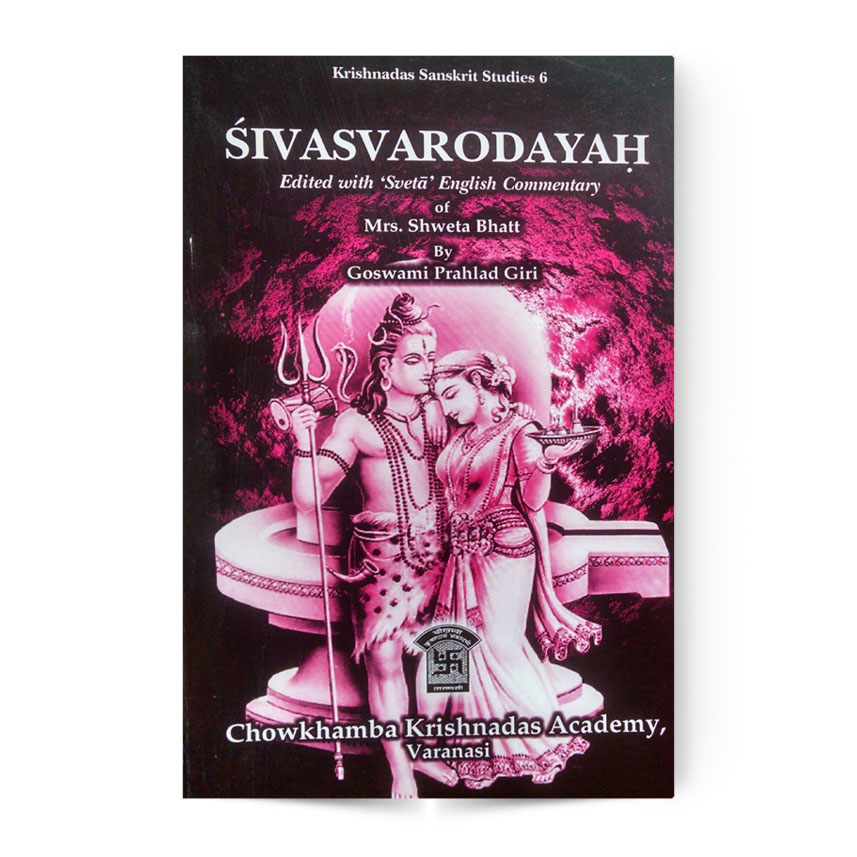
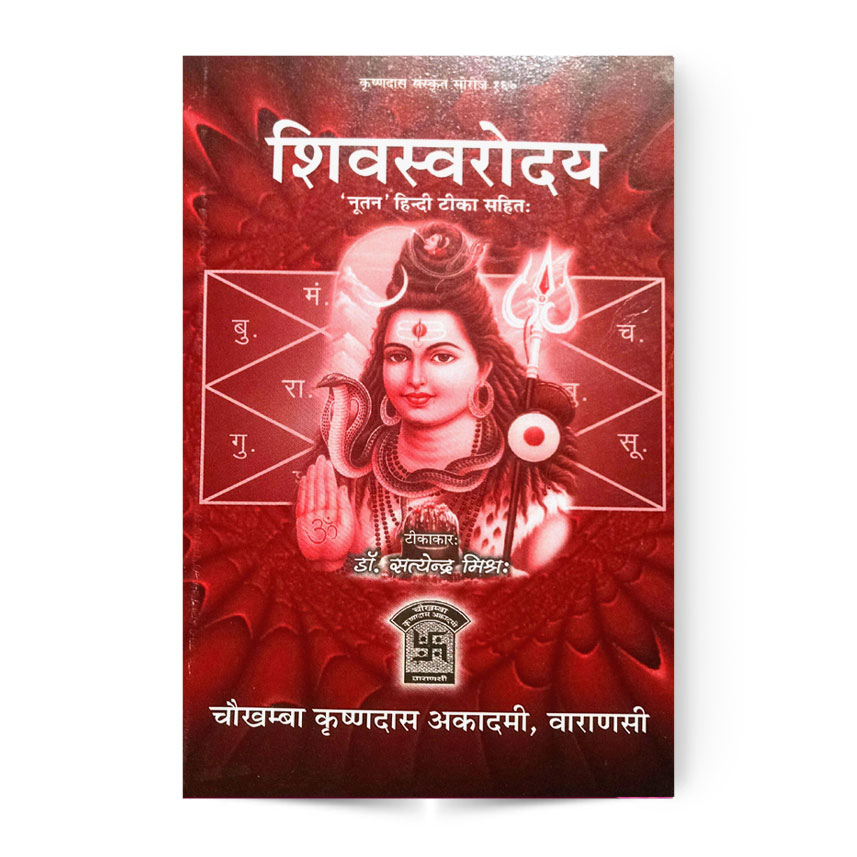

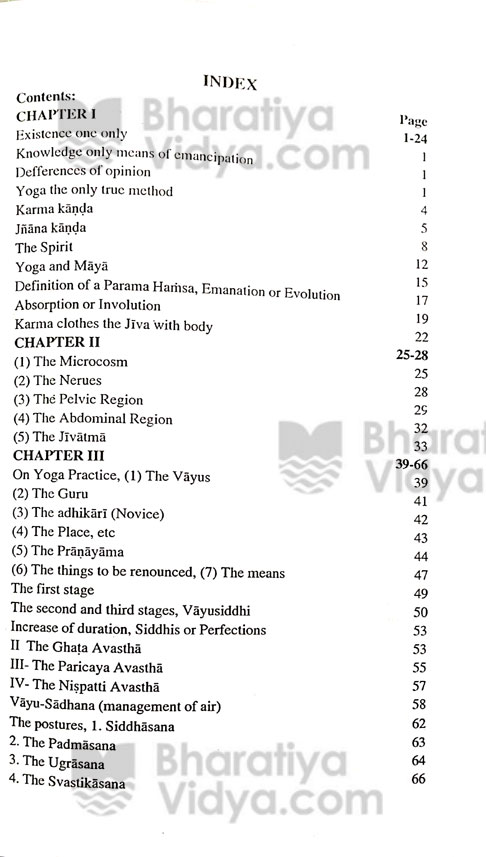

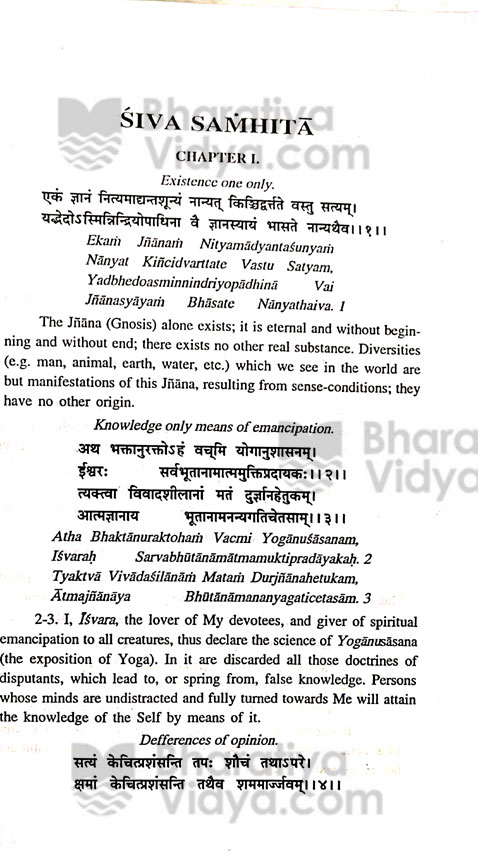
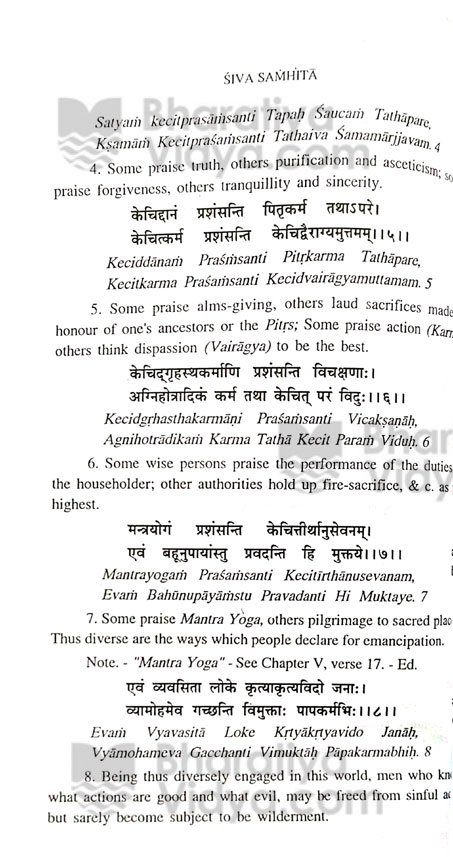
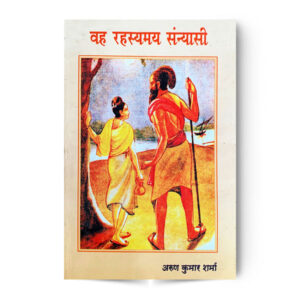
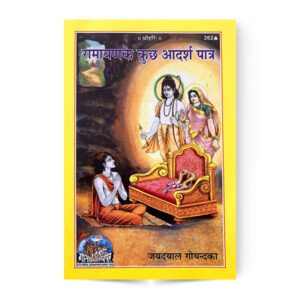

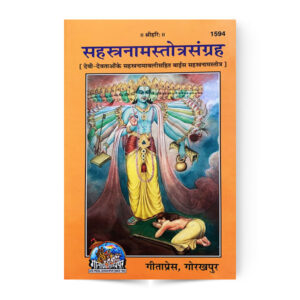
Reviews
There are no reviews yet.